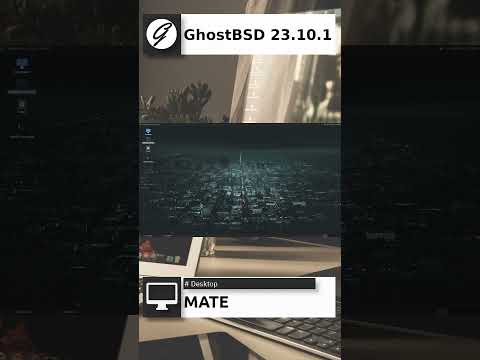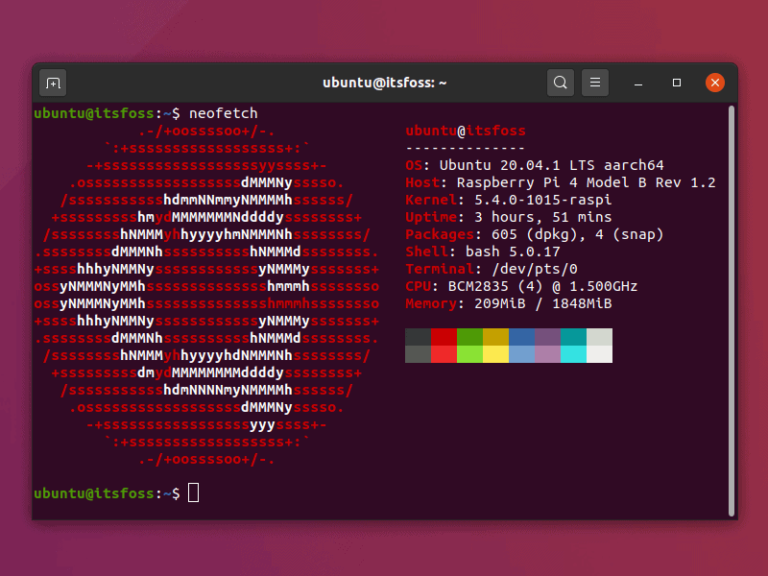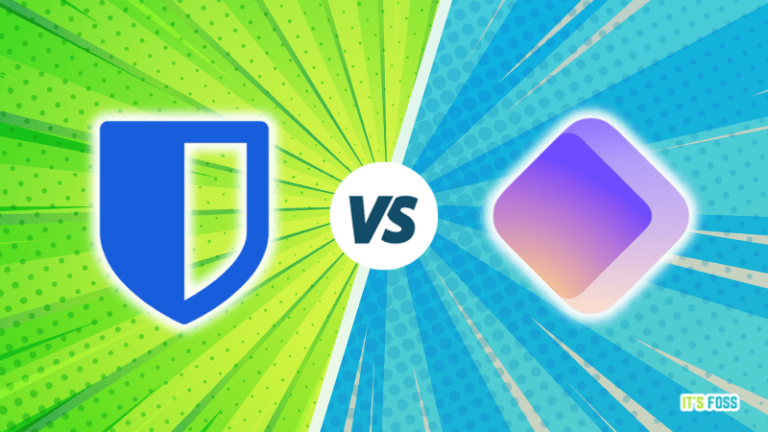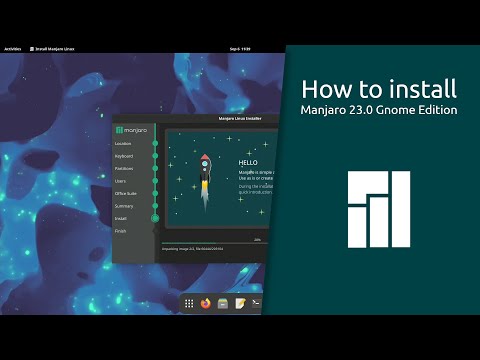AIM:
To study about the Unix Operating system.
Introduction:
An operating system is a program that acts as an interface between the user and the computer. It is the one which gets loaded into the computer memory just when the system is booted. It always lives in the memory.
The term UNIX is derived from UNICS meaning Uniplexed Information Computing System.
History of UNIX:
In late 1960’s Ken Thompson and Dennis Ritchie at AT& T Bell labs started writing an operating system called UNIX.
At first, UNIX was written in assembly language. Thompson and Ritchie were not satisfied. They wanted a general operating system that would run on any kind of hardware. The UNIX operating system was written in C in 1973.
Features of UNIX:
Multitasking:
It is the capacity of the operating System to perform various tasks simultaneously, that is, a single user can run multiple tasks simultaneously.
Security:
UNIX allows sharing of data. Every user must have a login name and password. So accessing another user’s data is impossible without his/her permission.
Portability:
UNIX allows portability due to the fact that it is written in a high level language. So UNIX can be run on different computer.
UNIX System Organization:
The functioning of UNIX is manned in 3 levels and the outer crust reside the application program and other utility. At the heart of UNIX on the other hand is the kernels which interact with the actual hardware in machine language.
KERNEL:
It is the core of the operating system. It manages files carries out all the data transfer between the file system and the hardware and also manages memory.
SHELL:
It is the command interpreter of the operating system. The commands given from the user are moved to the shell. The shell analysis and interprets these commands into machine understandable form. Hence shell acts as an interpreter and acts as an interface between user and kernel .Shell otherwise called as mediator.
Layers of UNIX Operating System
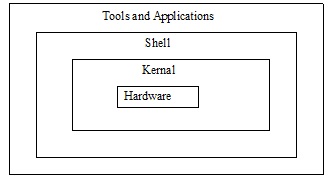
Types of Shell:
- Bourne Shell
- C Shell
- Korn Shell
-
Bourne Shell:
The Bourne shell is the original Unix shell (command execution program, often called a command interpreter) that was developed at AT&T. Named for its developer, Stephen Bourne, the Bourne shell is also known by its program name, sh. The shell prompt (character displayed to indicate readiness for input) used is the $ symbol.
-
C Shell:
It was geared by Bile Joy .It has two advantages over the Bourne shell. Firstly, it allows aliasing of commands. That is you can decide what name you want to call a command by. Instead of typing the entire command you can simple use the short aliase at the command line
Second benefit for the C Shell is previously typed commands can be recalled. This feature is similar to the one provided by the program DOS KEY in MSDOS environment
-
Korn Shell:
The korn shell is very powerful and it is a super set of Bourne shell it offer lot of more capabilities and more efficient than the other it was designed by David Korn at AT &T’s Bell Lab, it is the one most often used in commercial environments.
File System:
A file is a collection of letters, numbers and a special character. It may be a program, a database or a simple letter.
A file system in a group of files and relevant information regarding it every thing in UNIX can be represented by a file such as directories, device drives etc. Even the printer is a file. Printing something is writing into a file. Although everything in UNIX is treated as a file, these are divided into three categories.

Ordinary File:
This is the traditional destination of a file any thing can the put. This includes data, source programs as well as any files created by the user. The next most common type is the text file.
Directory File:
A file contains no external data but holds some details of files and subdirectories and can also create them when required is called a directory file.
All files in UNIX are related to one another. The file system of UNIX is a tree that grows top to bottom.
Special Files:
- It is used to reference physical devices such as terminals, disks, floppy devices and tape devices etc.
- Requests cause activation of the associated physical devices.
Standard Files:
- Helps to display information on the screen.
- Special names for communication channels
- Keyboard input channel is called standard input(stdin)
- Technical screen output is called standard output (stdout)
- Diagnostics error message are sent to standard error
- All these three files are open by default at the time of login

The file system begins with a directory called root (at the top). The root directory is denoted by a slash (/).Branching from root there are several directories called bin, lib, usr, etc, tmp and dev. Each of these directories contains several sub-directories and files.
RESULT:
Thus the unix operating system has been studied.

